Power converters: technological innovations, from Watt to Gigawatt
Power electronics is a rapidly evolving field that plays a key role in the energy transition and the integration of renewable energies . From Watt to Gigawatt, major technological innovations in power converters are opening up crucial new avenues for meeting current and future energy challenges.
Indeed, power converters, correctly sized and controlled, contribute significantly to improving the overall energy efficiency of energy infrastructures by facilitating the integration of renewables, reducing conversion losses and optimizing flow management.
1 – Several types of modern power converters help improve energy efficiency of energy infrastructure
- AC/DC converters (rectifiers): They provide efficient conversion of alternating current to direct current. They are essential for interfacing intermittent renewable energy sources like wind and solar with the electricity grid, reducing losses during injection.
- DC/AC converters (inverters) : They efficiently convert direct current to alternating current, with high efficiency. They are crucial for the integration of energy storage systems (batteries) and the bidirectional management of flows in smart networks.
- Power converters for electric motors : In rail transportation and other industrial applications, converters provide precise control of the speed and torque of electric motors. This allows optimized driving with energy recovery when braking, reducing overall consumption.
- Modular Multilevel Converters (MMC): MMCs are a major advance for high-power (up to gigawatt) high-voltage direct current (HVDC) connections. They offer excellent performance in terms of harmonics and reduced losses compared to conventional converters. However, their control is complex and requires significant computing power to balance the voltages between the submodules.
- Wide-gap semiconductor converters: The use of wide-gap semiconductors such as silicon carbide (SiC) or gallium nitride (GaN) makes it possible to design more efficient converters. compact, more efficient and capable of operating at higher temperatures, reducing losses. This opens up new opportunities for applications ranging from electric vehicle chargers to HVDC networks.
Types of Modern Power Converters
2 – How power converters can be used to reduce energy losses in energy infrastructure?
- Renewable energy integration: By efficiently interfacing intermittent renewable energy sources like wind and solar with the grid, converters reduce losses when injecting this energy into the network. They adapt the voltage and frequency for optimal integration, thus reducing energy losses and guaranteeing network stability.
- Efficient power conversion: Modern converters like AC/DC rectifiers and DC/AC inverters enable highly efficient power conversion with high efficiency, thereby reducing losses compared to to old technologies. Optimal sizing of converters for their actual use makes it possible to achieve maximum energy efficiency.
- Precise control of electric motors: In rail transportation applications, converters provide precise control of the speed and torque of electric motors. This allows for optimized acceleration and braking, as well as energy recovery when braking, reducing overall consumption.
- Intelligent management of energy flows: So-called intelligent electricity networks (Smart grids) are evolving towards meshed and bidirectional architectures with the integration of decentralized renewable energies and energy storage. This requires flexible and communicating power converters for optimized management of bidirectional energy flows, reducing transmission and distribution losses.
- Reduction of Joule losses: Wide-gap semiconductor converters such as SiC or GaN make it possible to design more compact converters with fewer Joule losses, thus improving efficiency overall.
- Optimal sizing : Appropriate sizing of converters for their actual use helps achieve maximum energy efficiency over their operating cycle. Oversizing leads to increased losses and reduced efficiency.
Some challenges and opportunities
- Improve the efficiency, reliability and reduce costs of power converters
- Develop innovative conversion topologies and advanced control strategies
- Meeting the challenges of the massive integration of intermittent renewable energies
- Harnessing the potential of HVDC networks for long-distance electricity transmission
- Fostering the transition to smart and sustainable electricity networks






